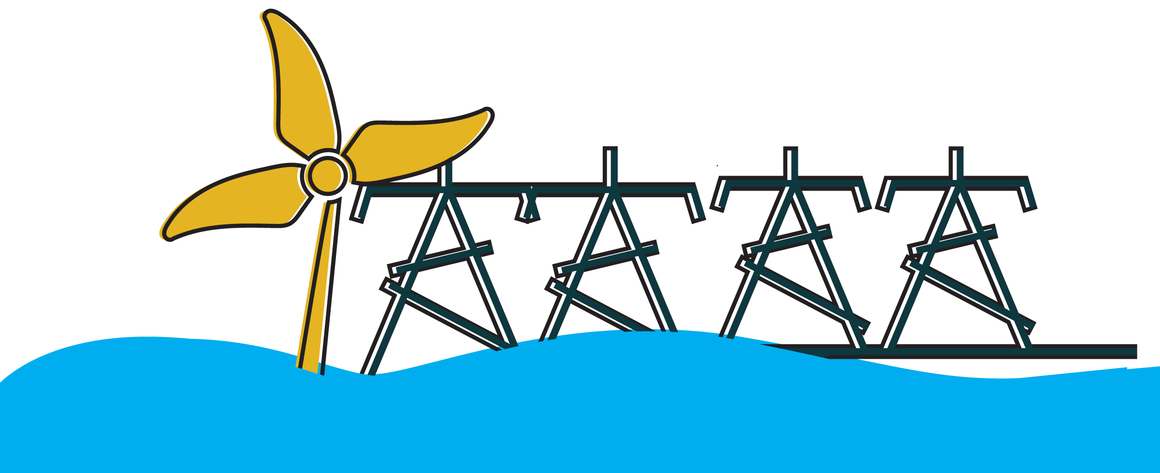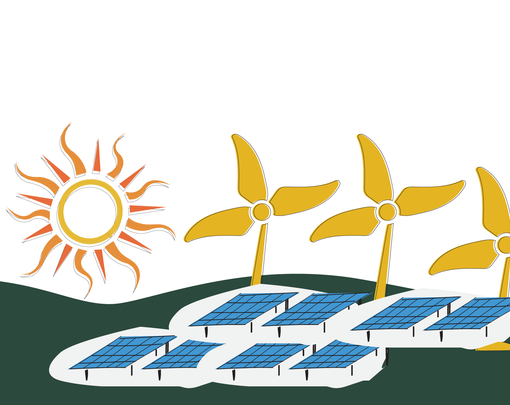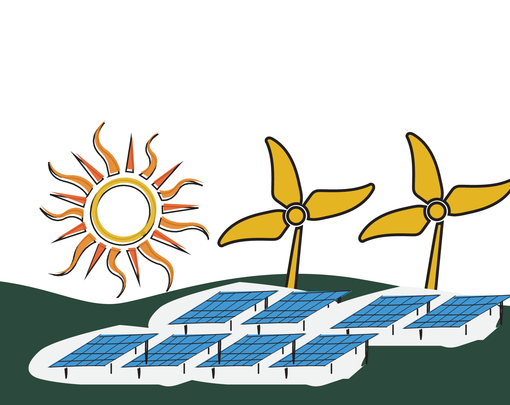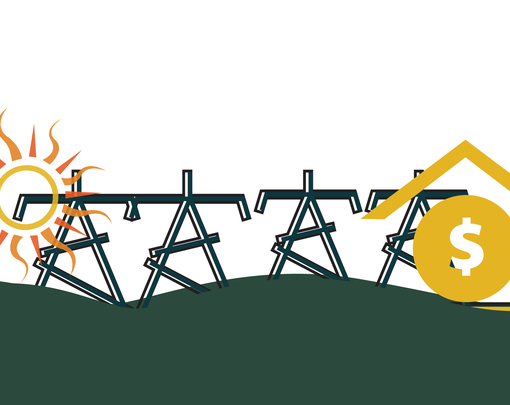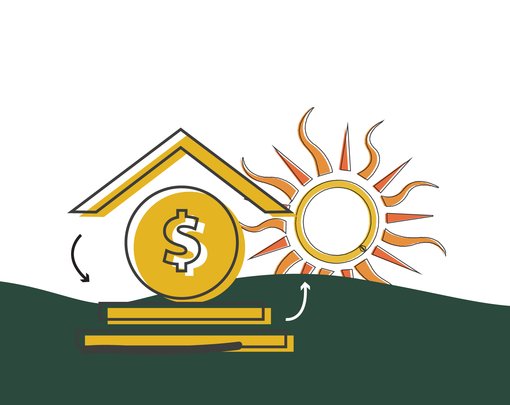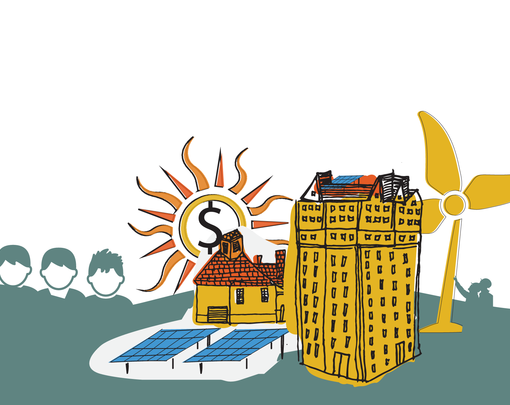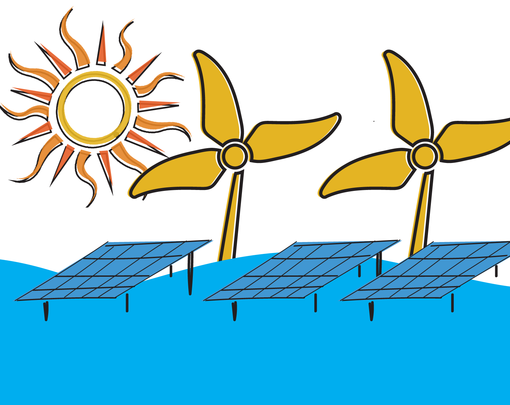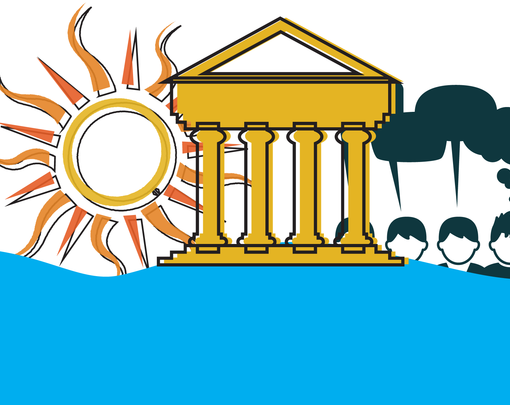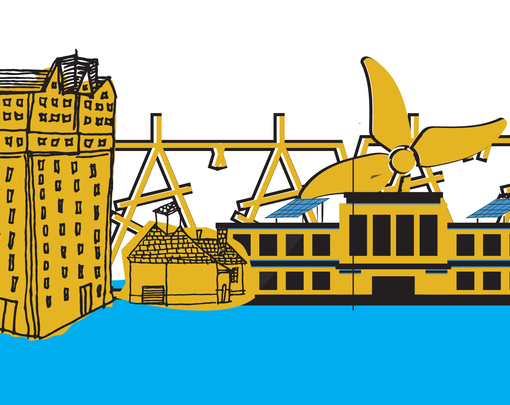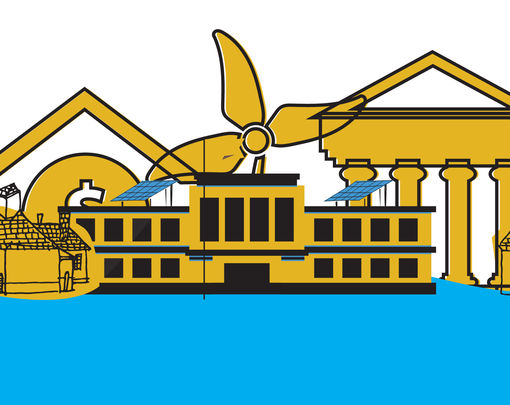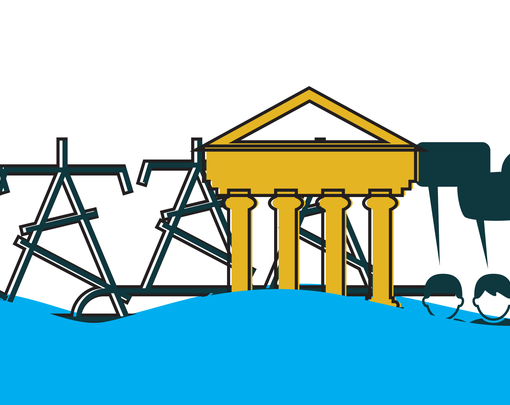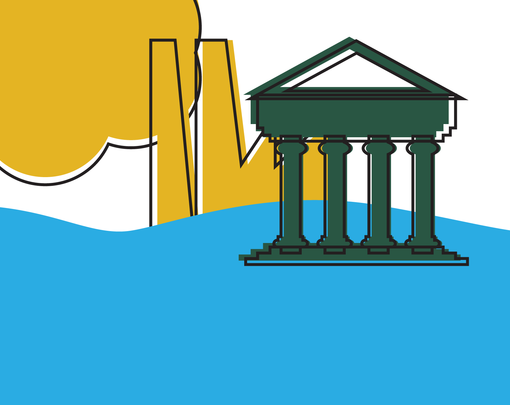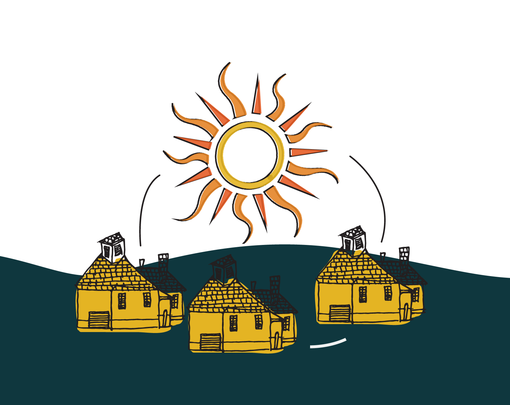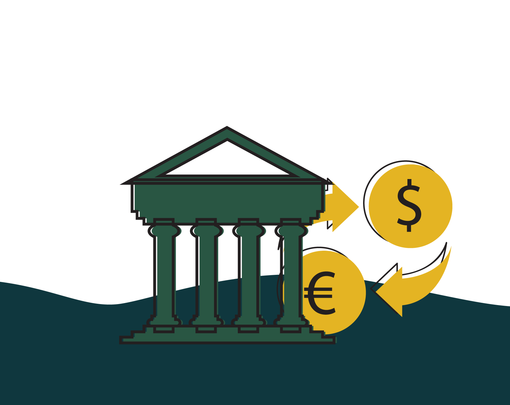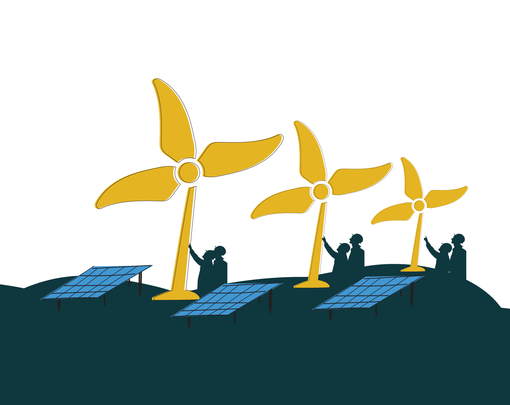Applying internet technology and two-way communication to the electricity distribution system in order to monitor demand, increase efficiency, reduce service interruptions, and integrate renewable and distributed sources of power.
Policy Support:
State legislation requiring investment in smart grids; incentives to utilities to invest in smart grids without raising rates or pushing costs onto consumers; privacy and transparency standards with regards to the collection and use of data.
Build Capacity?
Not really, but it does allow consumers to start actively participating in management of the electrical grid.
Risk & Drawbacks?
If not properly regulated, smart grid costs may be pushed onto consumers. Costs may be several times higher than projected. Unless properly structured, administrative costs could outweigh energy savings. Peak pricing programs associated with smart grids may harm vulnerable members of society, like those who require medical devices to run 24/7. There are privacy concerns with regards to data collection and use.
Inspiring Examples:
The smart grid system in Chattanooga, Tennessee, created by the municipally-owned utility, has not only realized significant cost savings for city residents, but has led to the creation of a pathbreaking citywide gigabit fiber data network.
